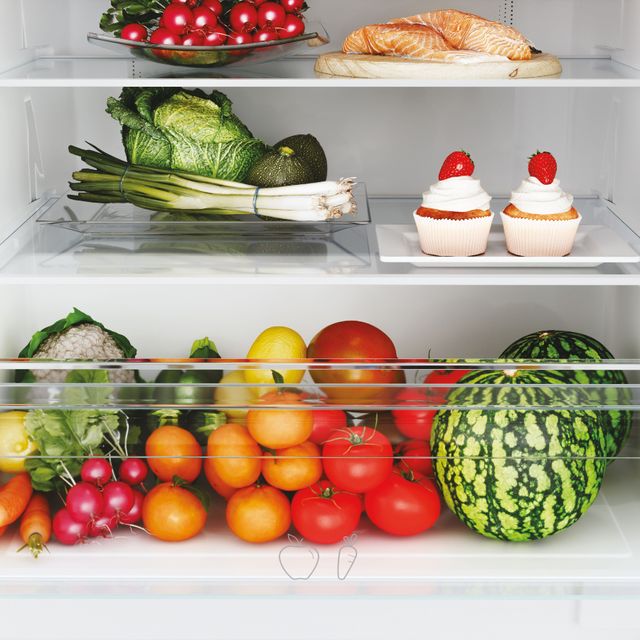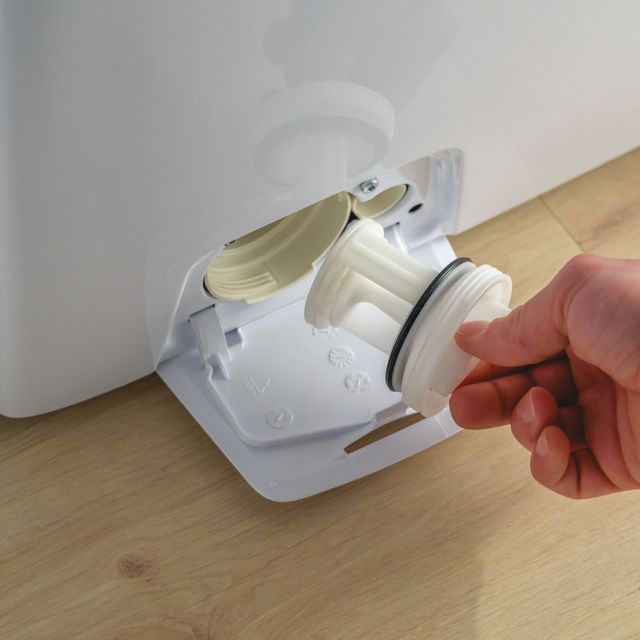Refrigerators not only differ between "No Frost" and "Static", but they are also classified into different categories depending on how they cool food.
Static, static fan, no frost, total no frost, and frost free modes.
No Frost or Total No Frost
Total No Frost fridge freezer do not require the defrosting of the freezer section and is able to limit the formation of mildew or odours inside the refrigerator. This is thanks to a system of a single motor, a single evaporator, a ventilation device and to the air treatment that blocks the formation of frost.
The cold that is produced is a dry type of cold which can lead to food such as vegetables drying out. We recommend that you wrap vegetables in plastic wrap before placing them in the refrigerator.
Static and static-fan
Static cooling system is one of the most common systems and is operated by either one or two motors. With two motors it allows for the fridge and freezer section to operate independently.
The cooling produces is achieved thanks to the gas that moves in the fridge and the freezer until the desired temperature is reached.
The static –fan refrigerator uses the same principle of static refrigerator, with the addition of a fan in the refrigerator compartment for the circulation of the cold air in a more uniform way: in this way it is ensured a better preservation of food.
Both types of refrigerator, static and fan static need the freezer compartment to be manually defrosted. We recommend that this is carried out twice yearly.
Frost Free or Partial No Frost Refrigerator
This type of refrigerator is the new generation and combines the characteristics of the static or static-fan to those of Total No Frost.
The fridge compartment is static or fan, and has the type of cooling that does not dry foods out. The freezer compartment is No Frost. This avoids the need for manually defrosting the freezer.
In this way they combine the advantages of both systems.
It is important to know that ...
- In refrigerators the appearance of frost is caused by the freezing of the water vapor coming from the food and from the air that enters every time you open the refrigerator / freezer door.
- The frost in the freezer must be removed when the thickness exceeded about 2 mm.
- Refrigerators with A +, A ++ and A +++ class saves energy and is a lower cost to run.





